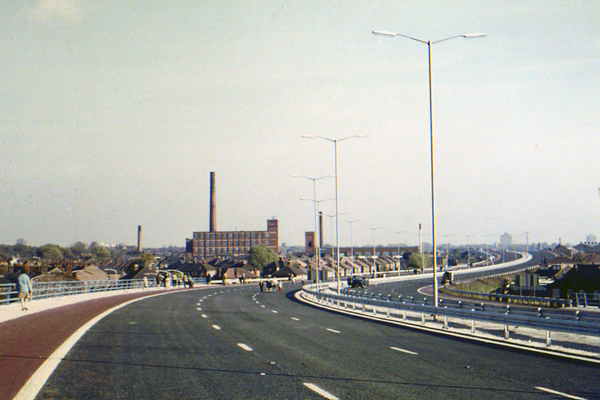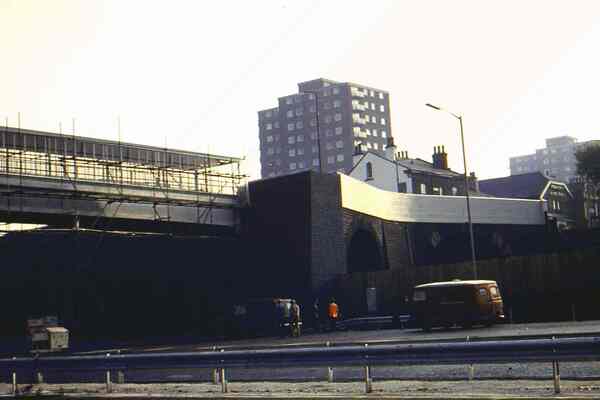
Salford, as with many big cities in the North West of England was to endure heavy German bombing in the Second World War and it is recorded that 215 people were killed, 900 injured and 8,000 homes damaged or destroyed in the city.
There were many personal tragedies but this incident is particularly poignant.
In the early hours of 2 June, Manchester and Salford came under heavy bombardment from German bomber crews raining death and destruction from above.
As the air raid sirens went off the Salford Royal nurses, most of them trainees, took shelter in the basement of the hospital hoping for safety.
Sadly the hospital took a direct hit from an enemy bomb which tore through the building.
A rescue party was set up to try and rescue the people still trapped in the rubble, led by surgeon Dr Robert Wyse.
Despite the imminent danger from severed power cables, escaping gas and 30 tonnes of falling masonry they managed to claw their way into the basement which was pitch black and ankle deep in water.
Incredibly the team managed to rescue three nurses who had been trapped under the rubble and who had been missed by an earlier search party.
It was reported that Dr Wyse actually amputated a trapped nurses limb in an effort to save her, sadly she was to die from her injuries.
The bodies of the 14 nurses were found in the ruins of the basement.
Amongst those who perished were three nurses from the Sutton area of St Helens, they were Ellen Sheridan, Rose Moffatt and Margaret Lowery, all aged just 19.
These three young girls had all joined the nursing services together and had only just started their basic training.
All three were buried in the same grave at St Anne's churchyard in St Helens amidst outpourings of grief from family and friends.
In September that year Dr Wyse was awarded the George Medal for his incredible bravery.
In February 1944 a memorial was unveiled by the Duchess of Kent listing the names of the nurses who perished on that fateful day.
A memorial fund was also set up which raised £14,500 to fund new beds in memory of the nurses.
With the formation of the NHS Trust in the mid-1990s this saw the closure of the Salford Royal Hospital on Chapel Street, with the building now turned into The Royal Apartments.
The memorial is still in place and is worth looking at the next time you pass by the building - a fitting tribute to these brave young women who died so tragically and so young.
This article first appeared on SalfordOnline on the 2nd of June 2014, it is republished here with the blessing of Leading Salford Historian and part time paper and comb player, Mr Tony Flynn with video editing by Young Tom Rodgers.







Recommended Comments
There are no comments to display.
Create an account or sign in to comment
You need to be a member in order to leave a comment
Create an account
Sign up for a new account in our community. It's easy!
Register a new accountSign in
Already have an account? Sign in here.
Sign In Now